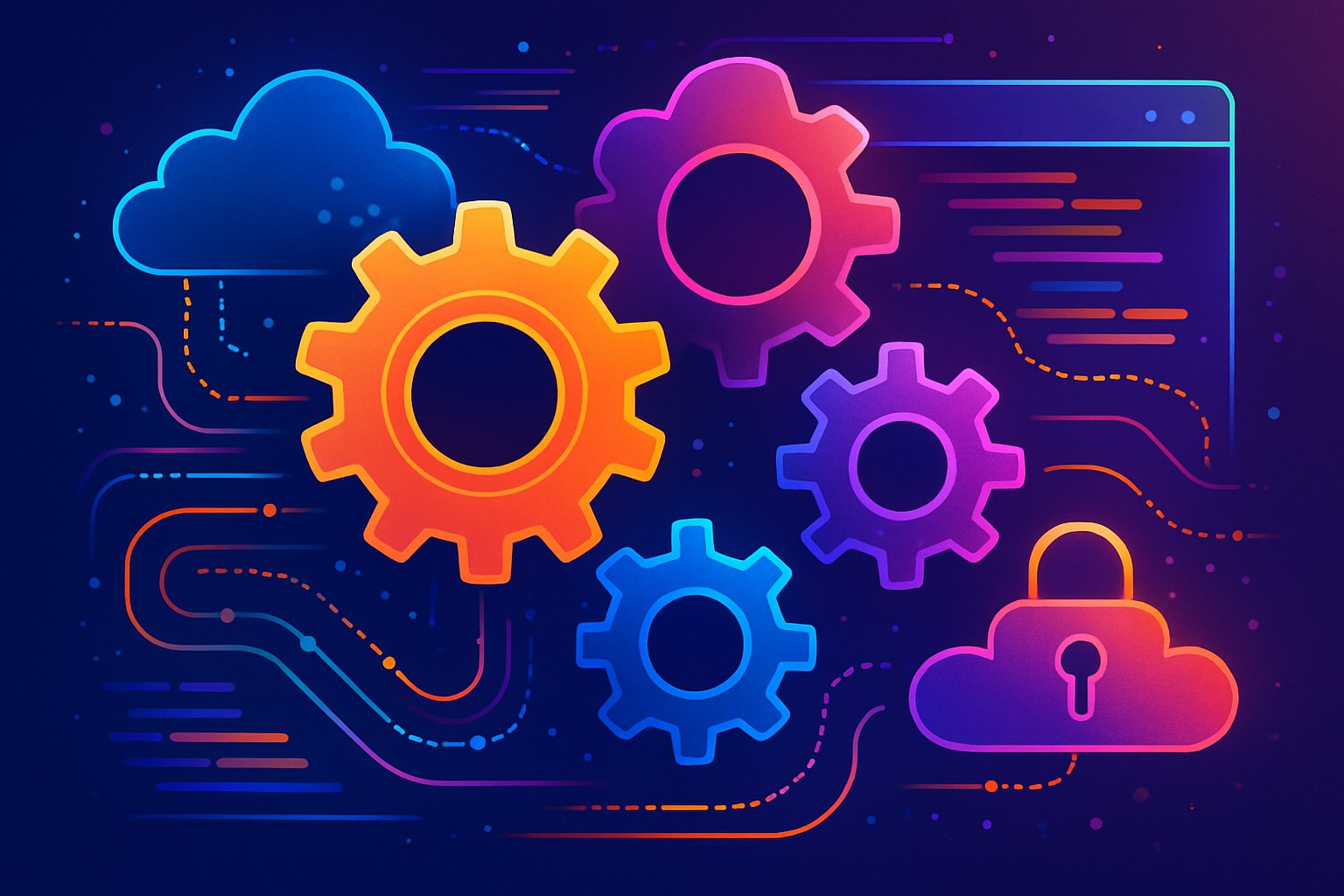
AI CERTS
4 hours ago
Claude Code’s process architecture optimization journey
This article unpacks that evolution, highlighting PersistentShell for fresh process transitions, batch tool bottleneck elimination tactics, queue serialization removal wins, and agent performance enhancement milestones.
However, architecture shifts introduce trade-offs. Enterprises must weigh gains against new security and reliability risks. Therefore, a balanced assessment helps leaders decide when, where, and how to adopt the latest Claude Code features.

Revisiting Terminal CLI Roots
Claude Code began as a humble CLI companion. Initially, sessions relied on a long-running shell dubbed PersistentShell. In contrast, developers soon demanded faster cold starts. Anthropic answered by switching from PersistentShell to fresh process invocations. Consequently, memory leaks dropped, and command latency improved.
This change marked the first major process architecture optimization. Additionally, it laid groundwork for later queue serialization removal refactors. Nevertheless, early adopters needed new mental models because context now reloaded per command.
Executives saw immediate agent performance enhancement, reporting shorter feedback loops. These successes encouraged deeper investment in agentic tooling. Professionals can enhance their expertise with the AI Engineer™ certification.
The CLI origins reveal why architecture choices matter. Meanwhile, lessons learned here flowed into every subsequent redesign.
Modern Multi Surface Shift
By mid-2025, Anthropic pushed beyond terminals. Moreover, browser and mobile previews brought Claude Code to wider audiences. Moving across environments demanded another process architecture optimization cycle.
The engineering team tackled batch tool bottleneck elimination. Previously, batch operations serialized through one queue, throttling web responsiveness. Developers executed queue serialization removal, allowing concurrent tasks to stream results live. Consequently, perceived latency dipped below 200 ms in most demos.
Furthermore, IDE plugins for VS Code and JetBrains required lightweight startup routines. The shift from PersistentShell to fresh process calls aligned perfectly, because each file action now spawned isolated workers. In contrast, legacy shells would have clogged resources inside rich editors.
These multi surface gains increased weekly active users, especially in Asia. However, the broadened scope amplified attack surfaces, pushing security hardening to the forefront. These advances demonstrate tight coupling between user experience and architecture. Therefore, continued vigilance remains essential before the next leap.
Sandbox Safety Hardening Strategies
Executing code inside a cloud sandbox changed everything. Nevertheless, autonomy without safety is perilous. Anthropic responded with layered defenses while pursuing relentless process architecture optimization.
Developers noticed that batch tool bottleneck elimination sometimes bypassed audit hooks. Therefore, engineers inserted deterministic checkpoints that wrap each fresh process. Moreover, queue serialization removal ensured logs remain ordered despite parallelism.
Academic researchers flagged MCP server risks. Consequently, Anthropic introduced stricter permission scopes and run-time file guards. Additionally, subagent whitelists stopped privilege creep, delivering measurable agent performance enhancement.
Key hardening tactics include:
- Immutable snapshots before any destructive write
- Mandatory beta headers for code execution activation
- Signed sandbox images with daily rebuilds
These controls lowered security incident rates, according to internal metrics. However, observers urge independent audits to validate the claims. Still, the progress underlines how security can coexist with speed when architects prioritize both goals.
Safety investments stabilized the platform. Consequently, developers grew confident experimenting with longer autonomous runs.
Workflow Orchestration Key Advances
After securing sandboxes, Anthropic shifted focus to productivity. Subagents emerged, enabling parallel testing, linting, and documentation. Each subagent runs as a fresh process, continuing the PersistentShell to fresh process philosophy. Moreover, orchestration threads benefited from earlier queue serialization removal.
Long workflows once failed due to serialized queues. Now, batch tool bottleneck elimination allows hundreds of micro-tasks to complete without blocking. Consequently, teams report substantial agent performance enhancement.
Furthermore, checkpointing lets engineers rewind unwanted edits. This capability depends on lightweight snapshots produced by refined process architecture optimization efforts.
Two-line takeaway: Orchestration unlocked composite tasks previously impossible with single prompts. However, complexity grows, demanding disciplined prompt engineering before scaling further.
Next, we examine adoption data illuminating real-world impact.
Business Adoption Metrics Surge
Reuters reports show Asia now contributes 25 percent of usage. Meanwhile, Korean activity multiplied sixfold in four months. Enterprises cite three decisive factors:
- Queue serialization removal reduced deploy times
- Batch tool bottleneck elimination boosted throughput
- Checkpointing de-risked aggressive refactors
Moreover, Anthropic claims a 67 percent agent performance enhancement internally. Although independent verification is pending, investors responded. Annualized revenue reached $7 billion, underscoring market confidence.
Nevertheless, skeptics highlight unresolved liability questions around automated commits. Therefore, legal and DevSecOps teams are joining pilot programs early. The surge illustrates how architecture tweaks translate directly into boardroom outcomes.
These metrics validate technical decisions. Consequently, stakeholders push for a clearer future roadmap.
Key Future Roadmap Considerations
Looking ahead, Anthropic hints at adaptive resource schedulers. Furthermore, deeper context windows will demand another round of process architecture optimization. Engineers preview plans for dynamic queue serialization removal that adjusts to project load.
Additionally, PersistentShell to fresh process may evolve into hybrid shells for stateful debugging. Meanwhile, researchers explore hardware-aware batch tool bottleneck elimination, leveraging specialized accelerators.
Security teams propose continuous attestation to sustain agent performance enhancement without relaxing controls. Moreover, enterprises want tighter MCP policy engines after recent vulnerability disclosures.
Final takeaway: The roadmap remains ambitious, but its success rests on disciplined architectural iteration. Consequently, organizations must track these moves closely.
We now summarize key insights and recommend next steps.
Claude Code’s rapid ascent showcases deliberate process architecture optimization at every layer. Anthropic shifted from PersistentShell to fresh process workflows, executed batch tool bottleneck elimination, delivered queue serialization removal, and unlocked consistent agent performance enhancement. Moreover, sandbox hardening and orchestration advances balanced speed with safety. Nevertheless, emerging security and governance challenges persist. Therefore, leaders should pilot carefully, monitor metrics, and cultivate internal expertise. Professionals can deepen skills through the AI Engineer™ certification. Act now to harness Claude Code’s momentum while shaping its responsible future.



